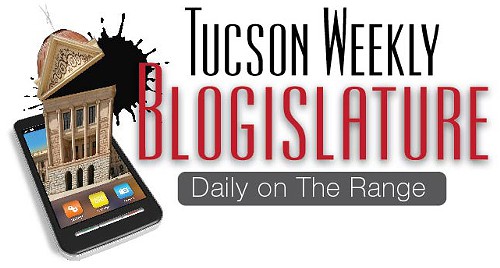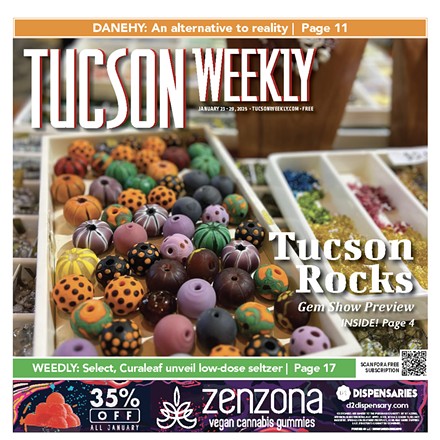Friday, February 18, 2011
The Fight to Keep State Parks Open

Their general funding was cut from $20 million to zero, so the parks will now be working on a budget largely consisting of self-generated funds made up of mostly gate fees, says Jay Ziemann, assistant director of Arizona State Parks.
These self-generated funds equal about $10 million, falling well short of the $18.4 million needed to operate the parks currently open to the public.

- Arizona State Parks
- Bellota Trail at Oracle State Park
Things looked grim about a year ago, as well, for Arizona State Parks. After a $10 million Legislative sweep of the parks’ Heritage Fund, parks officials faced the probability that they would have to look at closing more than half of Arizona’s 28 state parks.
Communities, towns and counties, though, stepped forward, footing at least part of the bill to keep 16 of those parks open through temporary 1 to 3-year lease agreements.
For nine of those parks, third parties contributed enough to keep state park staff employed at the locations. For the others, the government staff has been replaced by employees and volunteers of the contributing parties, Ziemann says.
Now, only three state parks—-Lyman Lake State Park, Oracle State Park and San Rafael State Natural Area—-are currently closed to the public without lease agreements in the works. Despite the difficulties raised by the governor’s proposed budget for the upcoming fiscal year, parks officials are still trying to figure out ways to keep those parks open, Ziemann says.
Those efforts include talking to contacts at the State Capitol and trying to attract local communities to the table to negotiate temporary leases, Ziemann says.
Although Ziemann remains optimistic that agreements can be made to keep all the parks open, he concedes that temporary leases do not solve the larger issue of lacking revenue in the Arizona State Parks system.
“Right now, the goal is to get all these parks open to the public,” he says. “But this is not a long-term solution.”
So what is a long-term solution?
“We’re still trying to figure that out.”
Tags: Arizona State Parks , blogislature , heritage fund , arizona legislature , Jay Ziemann












